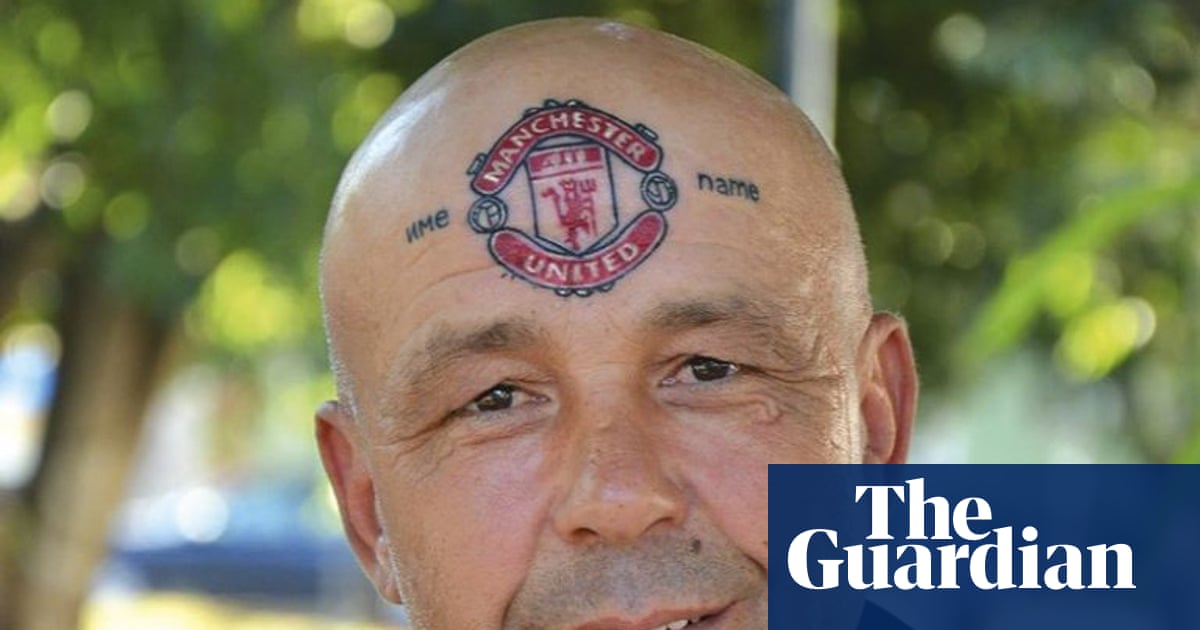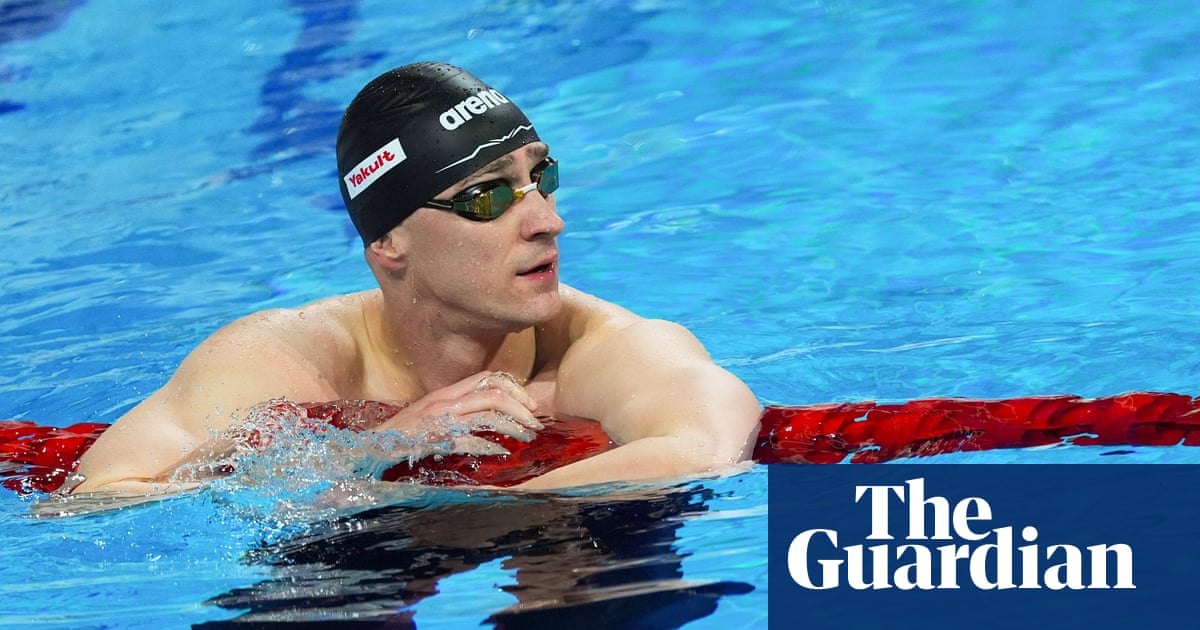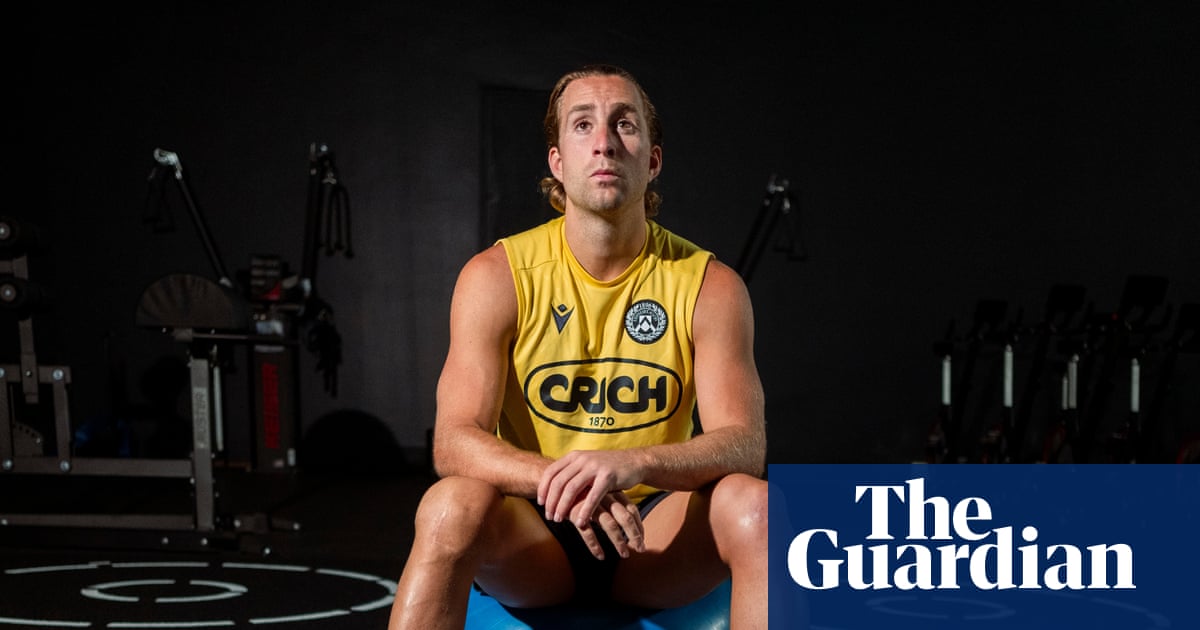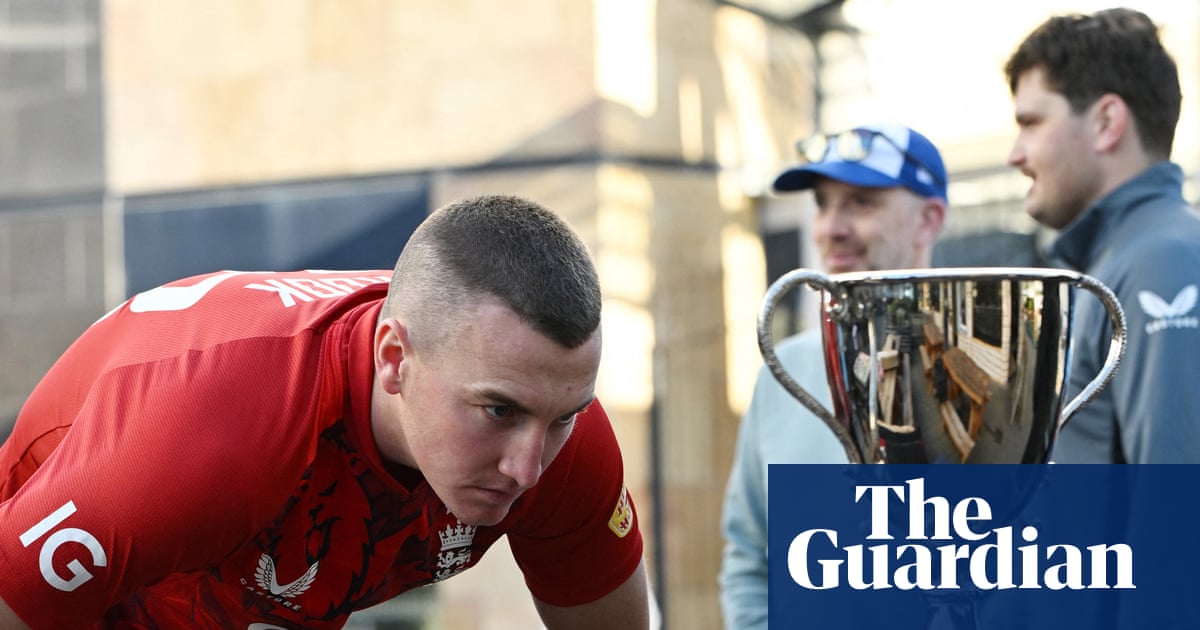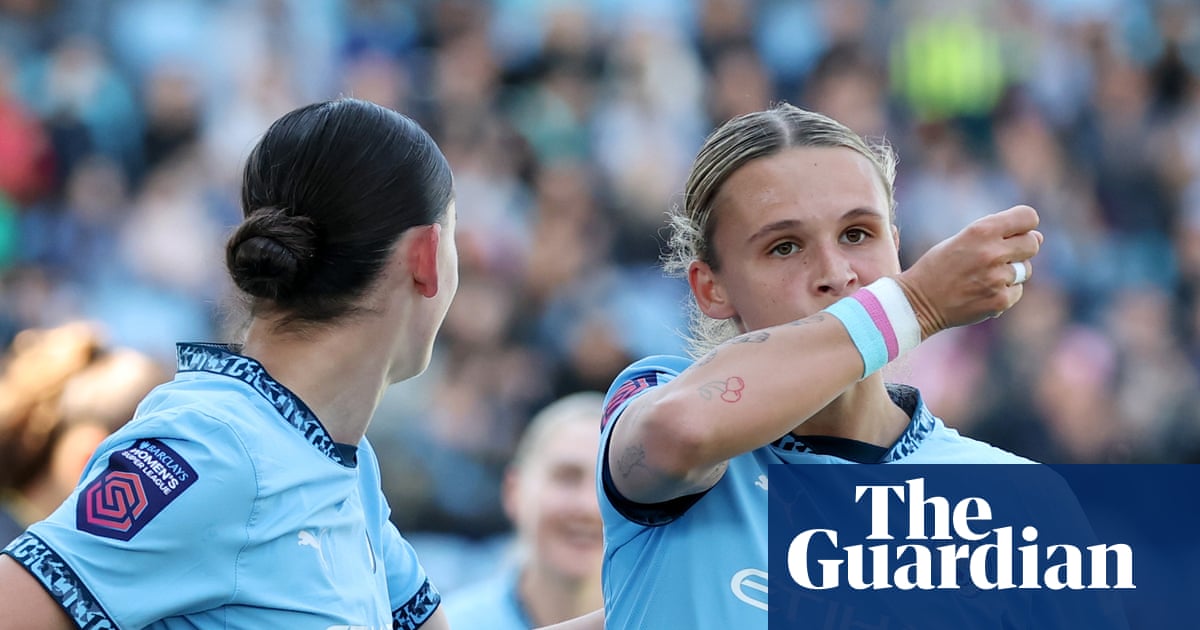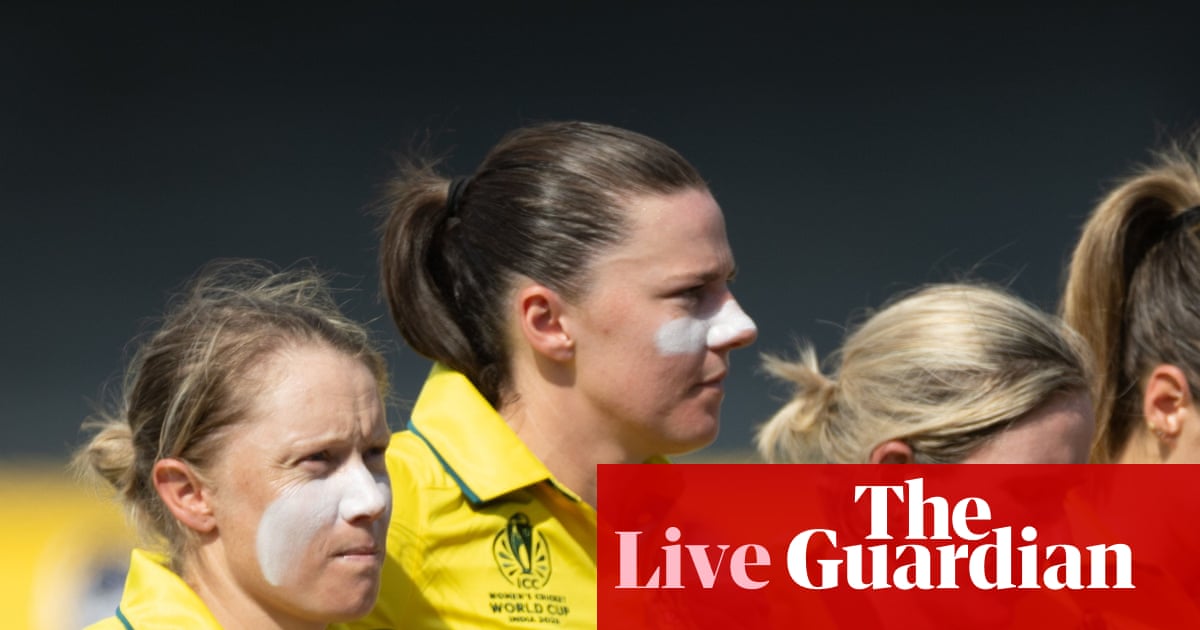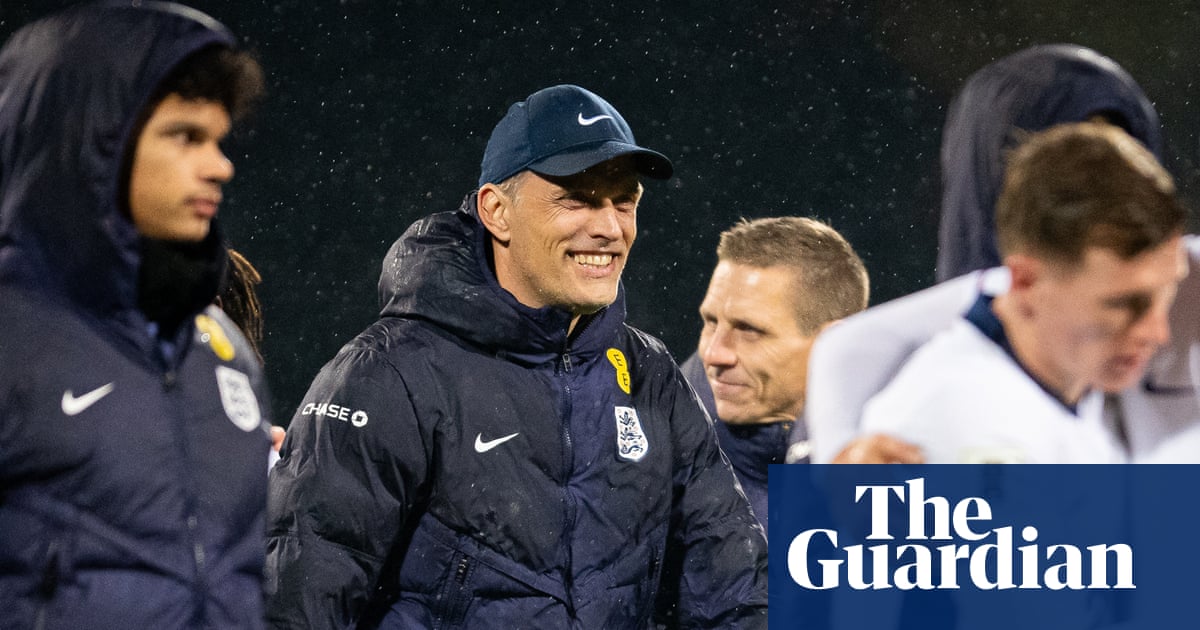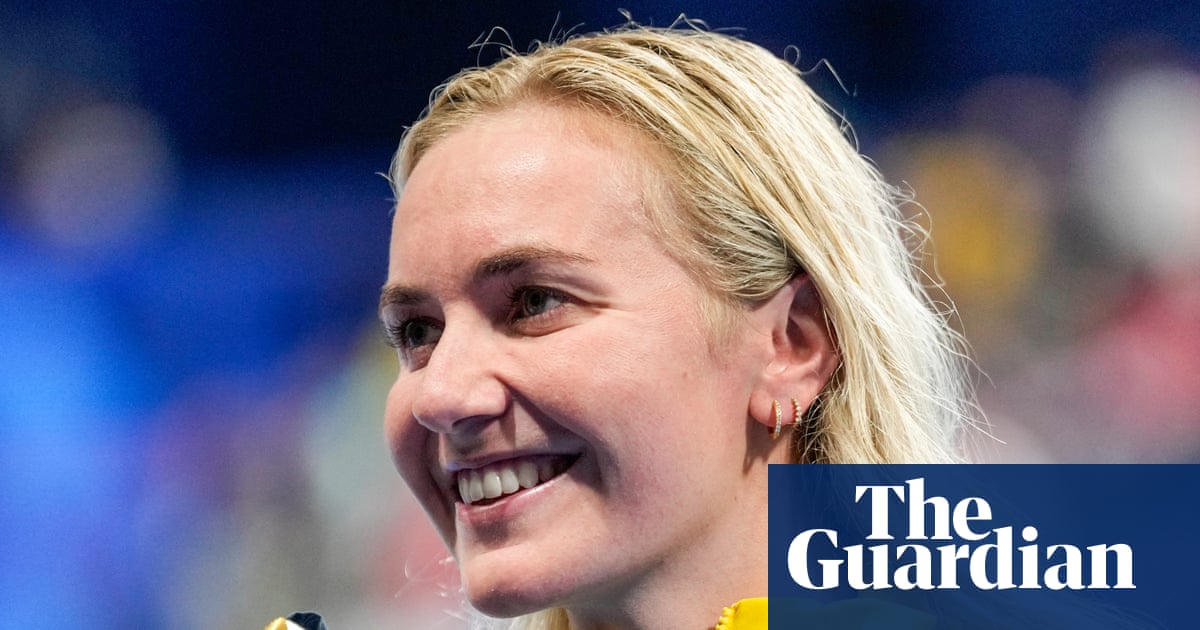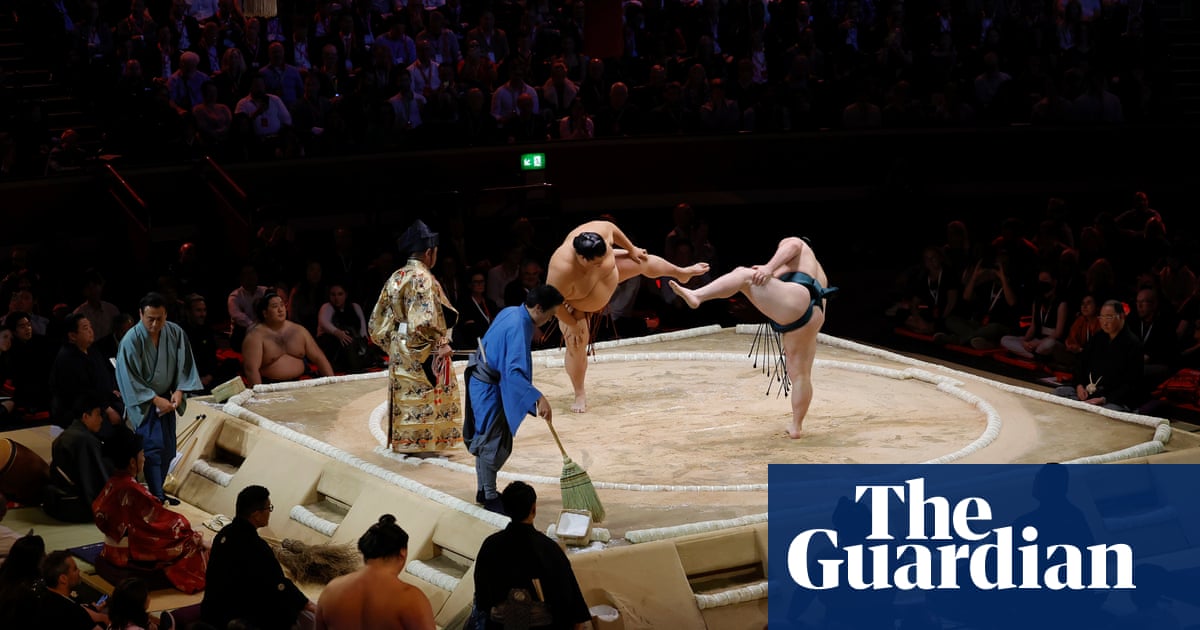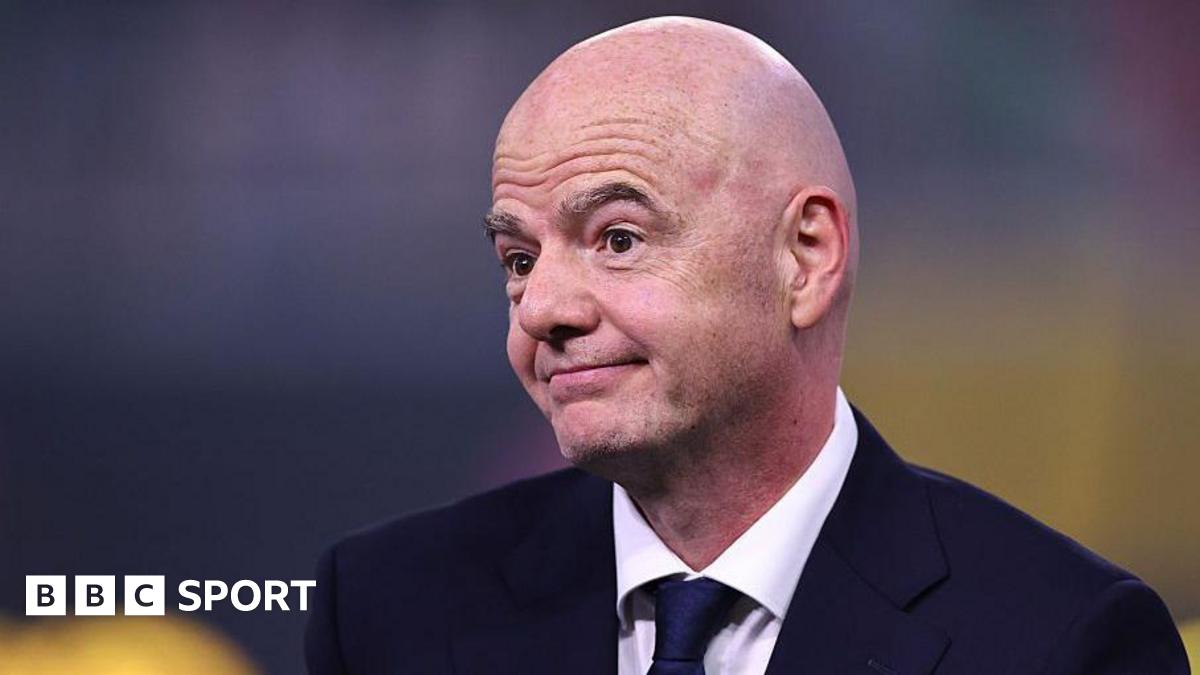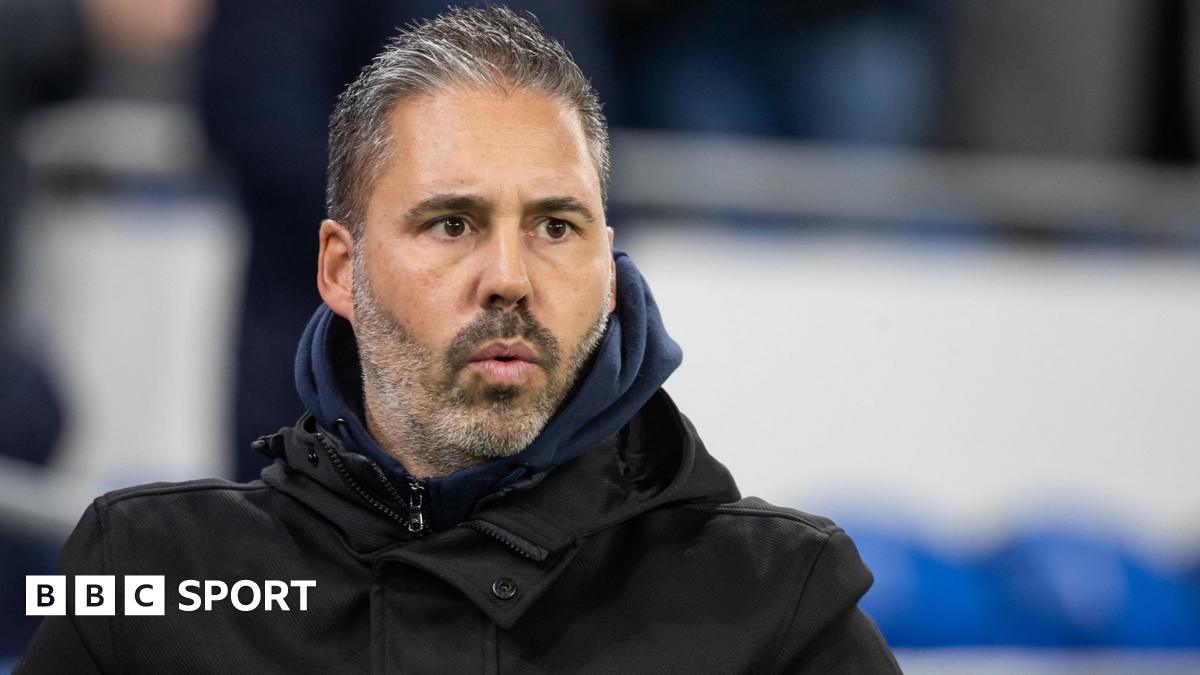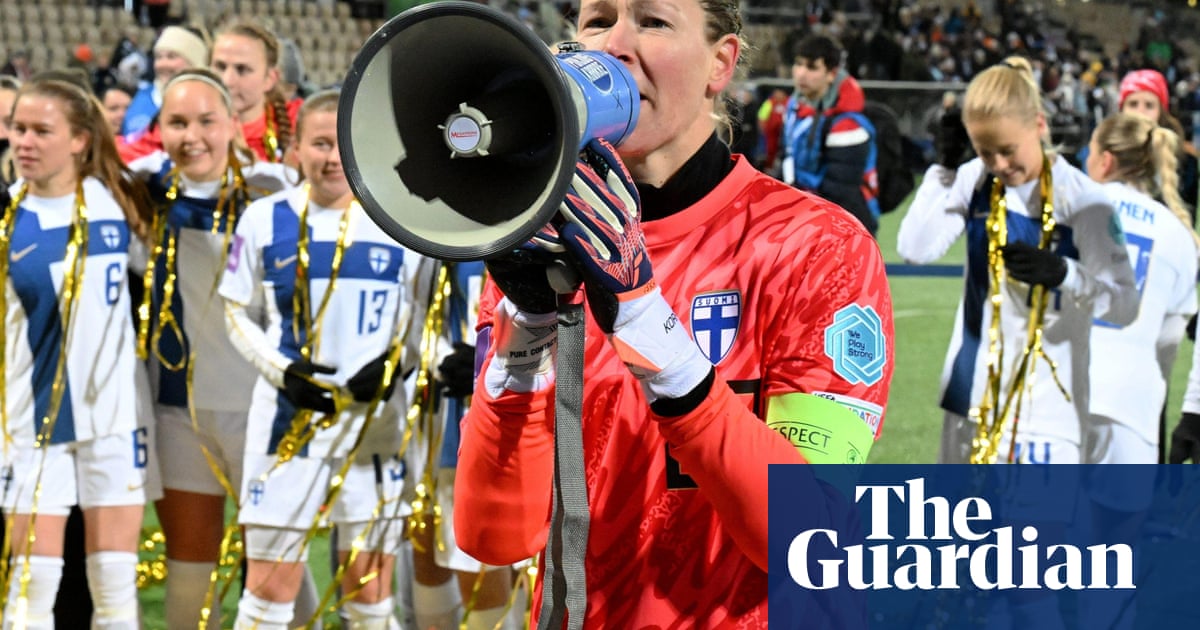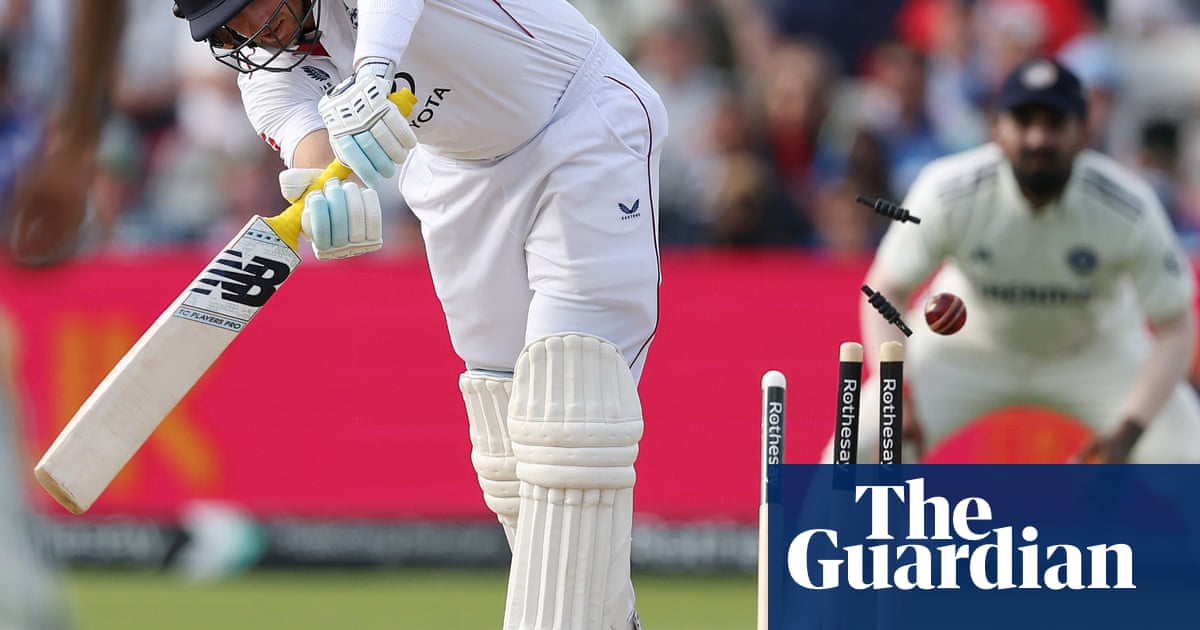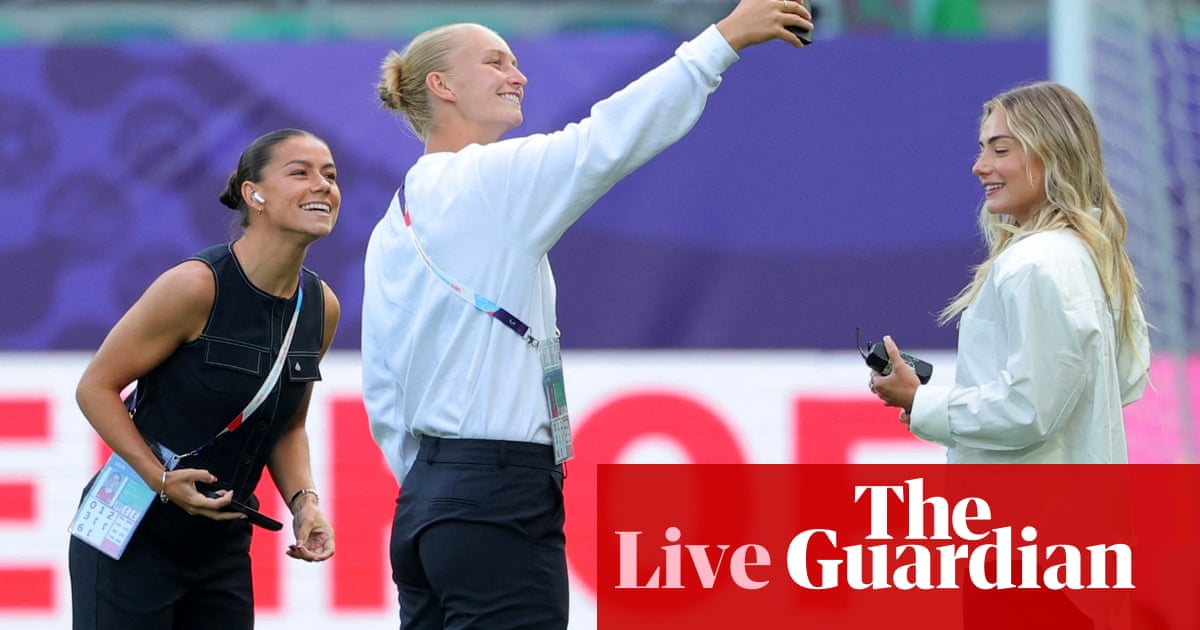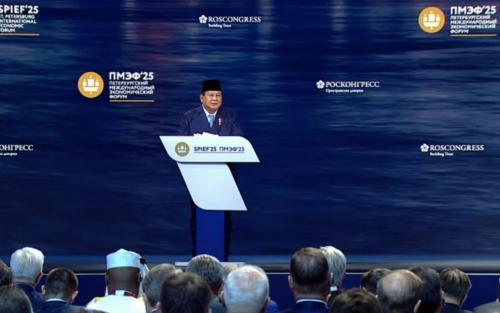‘You are always looking for a super-strength,” says Dave Challinor. The Stockport manager has a tactics board in front him at the club’s training ground, offering a potential cure to the pain he inflicted on opponents for years. Long throws are back in fashion and causing panic across the Premier League as coaches once again see the merit in chaotic scenes.
Brentford are becoming the masters of the long throw under Keith Andrews, specifically via the arms of Michael Kayode, but face stiff competition, with numbers on the rise across the top flight. Missiles are being launched from touchlines to consistently great effect, bringing with them a headache for defenders and an extra weapon for attackers. Last season there was an average of 1.5 per game in the Premier League; that has risen to 3.7 this campaign. There have already been six goals as a direct result of long throws, compared with 15 in the entirety of last season. Bournemouth, Palace, Tottenham, Newcastle and Sunderland have joined Brentford as the most regular users of the long throw.
Wrexham’s Ben Tozer proved particularly problematic for Stockport during their battles up the leagues. Challinor moves the pieces around his tactics board and explains how he sought, and seeks, to curb the threat. “What we’ve tried to do is have a mixture of zonal markers and whether you have two zonal markers or three,” he says. “When we played against Wrexham we put a spare player – a good header – in the near-post area, a spare player in the middle zone and a spare player in the back zone; it means you’ve got three free players.
“We might be giving up the edge of the area but, ultimately, one thing you do know with a [long] throw-in is the ball is going to go into this area [around the six-yard box]. What you want to try to do is make the first contact by having three aerial threats defensively – that gives us the best chance of doing that.”
The option has always been available to coaches but, seemingly, snobbery has got in the way, with many coaches possibly not wanting to be associated with a concept used most notably by Rory Delap during Tony Pulis’s time in charge of Stoke. It is also the case that many others simply could not find a player capable of reaching the distances required.
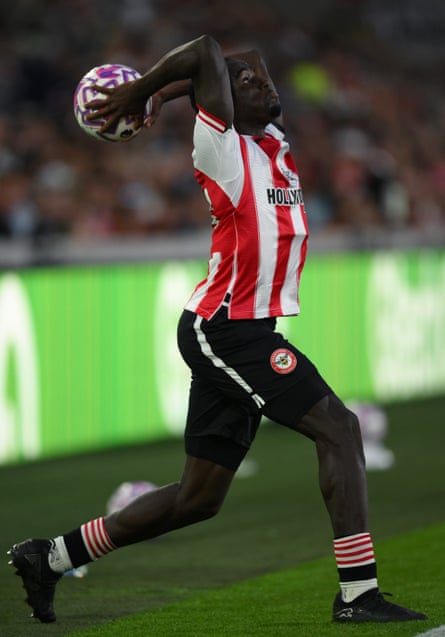
There is bad news for those who want to make long throws part of their team’s strategy. “There needs to be a natural technique around doing it,” says Challinor, and few know that better than the 50-year-old. In the 1990s and early 2000s the former centre-back hurled his way into the Guinness Book of World Records, reaching a distance of 46.35m at his peak while playing for Tranmere, in the process becoming a thorn in the side of opponents in numerous cup upsets. “I knew I could throw the ball a long way when I started playing at eight years old,” says Challinor. “You can increase distances over time but it’s a little bit genetic. My youngest son, Ellis, who’s just turned 20, can throw it a fair old way.”
Considering how set-piece coaches are de rigueur in the Premier League, it would be remiss of them to discount the impact of human catapult. Having the propensity to deploy this weapon gives opponents something else to plan for. “The majority of goals are scored in a second six-yard box within the width of the goal,” Challinor adds, before making the point that, for him, it was never a case of throwing in hope. Rather, he had the ability to choose his target, helping him land the ball exactly where he desired. “In games you could see where keepers were potentially coming, so the ability to be able to throw it beyond him when he was maybe anticipating it at the near post caused more chaos,” he says.
“Different trajectories were also important; Rory [Delap]’s throwing tended to be really flat, but some were looped, some were high, depending on what you were coming up against really. Different things in terms of distance and trajectories to try to cause different problems is important”. Stockport have the former Blackburn and England Under-21 forward Matt Jansen on staff. The 47-year-old started his career at Carlisle with Delap and attributes his former teammate’s success down to being a high-quality javelin thrower.
A rhythmical run-up and being able to generate power on release helped Challinor and Delap become synonymous with threatening long throws, with the latter having had the advertising hoardings at Prenton Park separated in order to allow him space to build momentum.
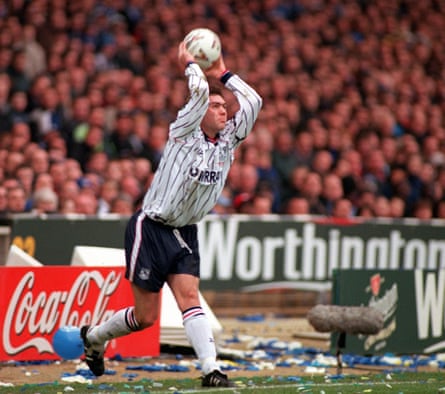
The first contact of the ball and man in the box is the butterfly flapping its wings. No one heads home directly from a long throw, with the real danger coming after the initial phase. Often, in Challinor’s Tranmere days, Nick Henry would be primed on the edge of the box for the half-clearance, pouncing to great effect. Tranmere reached the final of the League Cup and quarter-finals of the FA Cup in 2000 with Challinor’s rockets integral to upsetting West Ham, Sunderland and Middlesbrough along the way.
“It definitely detracted from the other players in our team because people became obsessed around [my] throwing and what they could do to try to stop it,” says Challinor. “It was goalkeepers coming miles out, it was moving advertising boards closer, it was wetting the pitch, it was ballboys wetting ball, it was all them things. It did become a little bit of an obsession [for opponents] and definitely gave us an edge going into a game.”
.png)
 6 days ago
14
6 days ago
14

